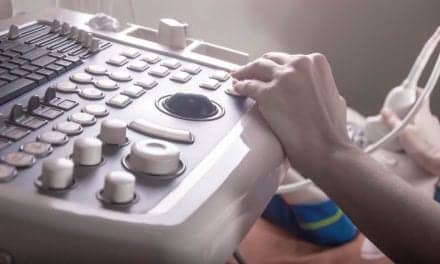A study published in The Journal of the American Osteopathic Association revealed that data from ultrasonography of the calcaneus was equal to data gathered using dual-energy x-ray absorptiometry (DXA), considered the gold standard for assessing bone health.
The findings could lead to lower costs ultrasound screenings for osteoporosis and increased screening for populations at-risk for bone diseases, which study authors say extend well beyond postmenopausal women.
“Prior research has demonstrated strong correlations between education level and socioeconomic status and bone quality,” says coauthor Andrea Nazar, DO, a family physician and professor of clinical science at West Virginia school of osteopathic medicine. “Because of its low-cost, mobility and safety, ultrasound is a promising tool for assessing more people, across multiple demographics.”
Researchers say DXA scans remain the best option for thorough, comprehensive information on a patient’s bone health. However, the equipment is expensive, immobile, and exposes patients to ionizing radiation. Those limitations create barriers to screening larger populations.
“Using ultrasound to scan the heel won’t give us all the information we could gather with a full DXA scan,” notes Carolyn Komar, PhD, associate professor of biomedical sciences at West Virginia school of osteopathic medicine and coauthor on this study. “However, it gives us a clear enough snapshot to know whether we should be concerned for the patient.”





